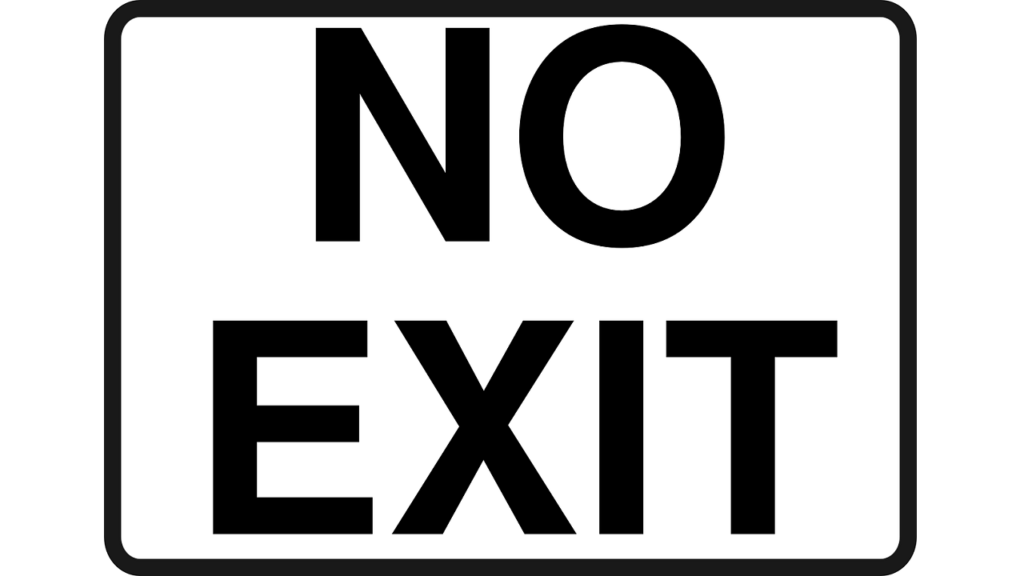We have argued that the Federal Reserve has no exit strategy from this extraordinary monetary policy. In fact, it never could extricate itself from the extraordinary monetary policy it launched during the Great Recession. Today, we’re merely witnessing the same policy on hyperdrive. And there is still no way out.
After blowing up its balance sheet to over $4 trillion during the Great Recession, the Fed tried to pull back. Through quantitative tightening, the Fed managed to get it down to just over $3.7 trillion before the stock market tanked in late 2018 and the central bank abandoned its plans to normalize monetary policy. At that point, it ended balance sheet reduction and dropped interest rates three times the following year. Not only that, it relaunched quantitative easing, although the central bankers kept insisting it wasn’t QE.
Most people assume the Fed started growing its balance sheet again as an emergency measure in response to the COVID-19 pandemic. But the balance sheet was already back over $4 trillion before coronavirus even reared its ugly head. The pandemic pressed the easy-money accelerator to the floor and today the Fed balance sheet is over $7 trillion
Since 2008, the Federal Reserve and the US government have pumped more than $36 trillion into the US economy. But they have “bought” very little in terms of economic growth with all that massive “investment.” The Fed has pumped in roughly $12 of liquidity for every $1 of economic growth.
You see this cycle more clearly if you go back to 1999 at the height of the dot-com bubble. Each boom created by the Fed’s monetary intervention has failed to attain the level of economic growth seen in the previous. In other words, as the level of money printing rises during each crisis, the level of growth in the preceding boom falls. Just like the addict suffers diminishing returns and needs more and more of his drug to get him high, the economy needs more and more stimulus simply to maintain the currently tepid level of economic growth.
And now that we’re in this cycle, there is really no way out. As economist Mohammed El-Erian put it, “They are increasingly on what I call a no-exit paradigm.”
Easy money leads to an increased level of debt. The US national debt has ballooned to over $27 trillion. Meanwhile, the Federal Reserve recently issued a warning about growing levels of business debt.
Former Fed Governor Randall Kroszner recently summed it up this way.
The big debts that governments are racking up are going to make it difficult for central banks to raise rates when they feel the need to do so because that will increase borrowing costs.”
Rising interest rates would be the final nail in the coffin for an economy built on piles of debt. It has to continue forcing interest rates low to keep the debt bubble from popping.
Meanwhile, the markets are totally dependent on the Fed. El-Erian said that central banks have “conditioned” the markets to the point that every time the Fed tries to “step back” and normalize monetary policy, the market “forces them back in by selling off and tightening financial conditions.”
This is exactly what happened in late 2018. The stock market threw a tantrum as the Fed nudged rates up and shrank its balance sheet. Powel immediately reversed course, as already noted.
So here’s the $64,000 question: if the Fed couldn’t exit then, how is it going to now with another $3 trillion on its balance sheet (and rising)?
In a nutshell, the Fed is stuck with forever stimulus. As an article at Real Investment Advice put it:
The trap the Federal Reserve has stumbled into is that it continues to require more interventions to sustain lower rates of economic growth. Whenever the Fed withdraws interventions, economic growth collapses.”
So the Fed is stuck between the proverbial rock and a hard place. It can’t withdraw the “emergency” monetary policy. But continuing it forever comes with its own risks, as Bloomberg recently noted.
If the Fed and other central banks are constrained from scaling back emergency stimulus, the continued flood of liquidity could spur asset bubbles and even too-rapid inflation.”
So the Fed is damned if it does and damned if it doesn’t. It truly looks like there is no way out.

